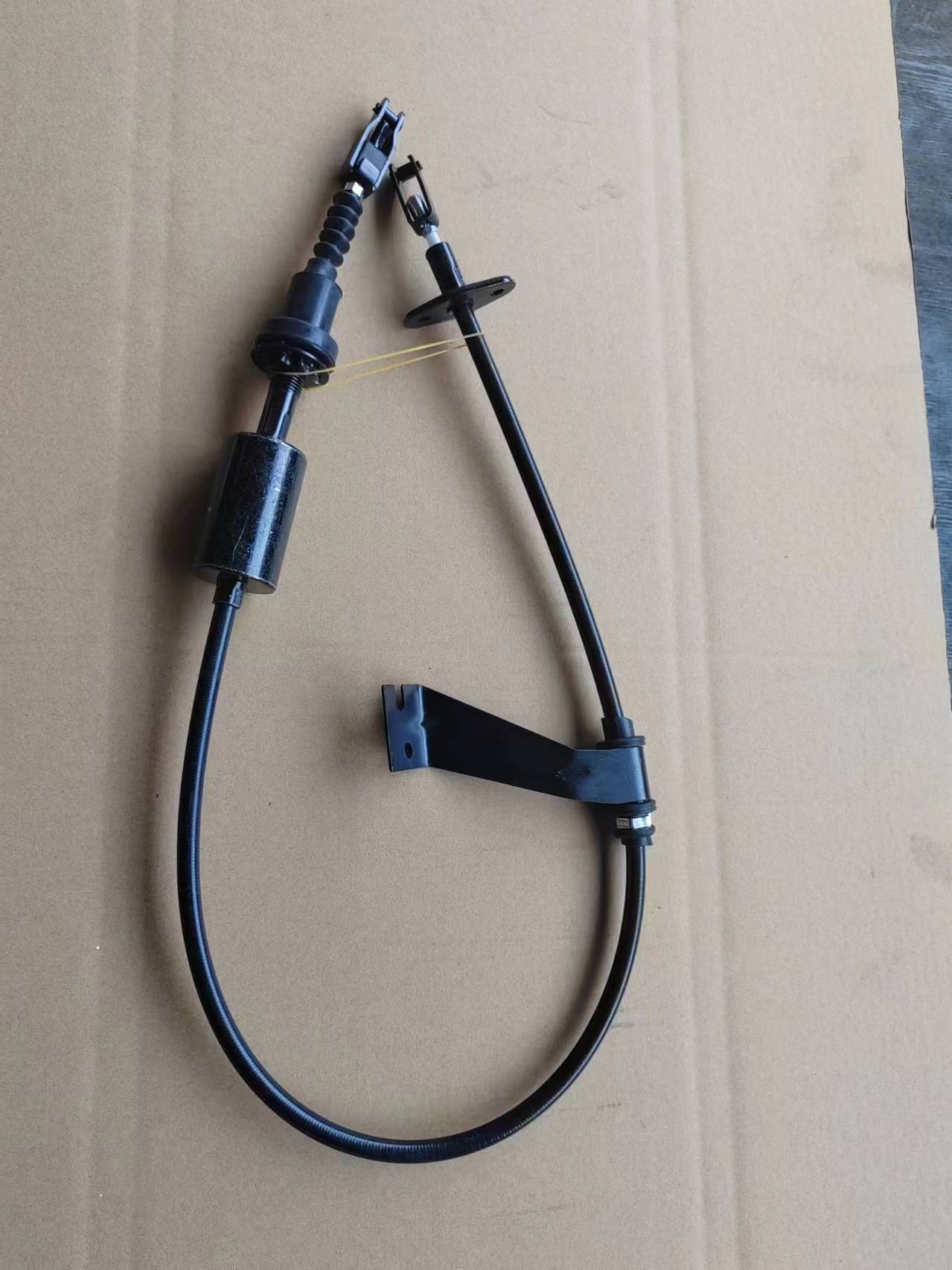Clutch Cable Assembly for Enhanced Performance and Smooth Operation
Understanding the Cable Assembly Clutch An Essential Component in Automotive and Machinery
In the realm of automotive engineering and machinery, various components work in harmony to ensure optimal performance and safety. Among these components, the cable assembly clutch plays a significant role, facilitating smooth gear transitions and the overall functionality of vehicles and industrial equipment. This article delves into the intricacies of the cable assembly clutch, its design, working principles, applications, and importance.
What is a Cable Assembly Clutch?
A cable assembly clutch consists of a series of cables and mechanical parts that connect the clutch pedal of a vehicle to the clutch mechanism itself. This system transmits the driver’s input from the pedal to the clutch, allowing for engagement and disengagement of gears as needed. While modern vehicles increasingly utilize hydraulic systems for clutch actuation, cable assemblies remain prevalent in many older models, motorcycles, and certain types of machinery due to their simplicity and reliability.
Design and Components
The cable assembly clutch typically comprises several key components
1. Clutch Cable This is the primary component, usually made of a durable metal wire surrounded by a protective outer sheath. The cable is designed to withstand significant tension and friction while maintaining flexibility.
2. Clutch Pedal Located in the driver’s compartment, the clutch pedal is the interface through which the driver controls the clutch engagement. Pressing the pedal activates the cable, pulling it taut to disengage the clutch.
3. Clutch Fork Attached to the clutch mechanism within the transmission, the clutch fork receives the force transmitted by the cable. When the cable is pulled, the fork moves, disengaging the clutch plates from the flywheel.
4. Adjusters and Connectors These components ensure the correct tension and alignment of the cable, allowing for smooth operation without excessive wear.
Working Principles
When the driver presses the clutch pedal, the attached cable transmits this action to the clutch fork. As the clutch fork moves, it either separates the clutch plates or allows them to come together, depending on whether the pedal is pressed or released. This process enables smooth shifting between gears without grinding or jamming, enhancing the driving experience and improving gear longevity.
cable assy clutch

The cable assembly system is designed to provide a direct mechanical connection, allowing for immediate feedback and responsiveness. This feature is particularly appreciated by drivers who prefer a more tactile connection with their vehicle.
Applications
Cable assembly clutches are widely used in various applications beyond standard vehicles. Here are a few notable examples
1. Motorcycles Many motorcycles utilize cable-operated clutch systems due to their simplicity and lightweight design. This eliminates the need for heavier hydraulic systems, making the motorcycle more agile.
2. Agricultural Machinery Tractors and other farming equipment often employ cable assembly clutches. The rugged construction of the cables is suited for the demanding conditions of agricultural work.
3. Industrial Equipment Certain industrial machinery, such as forklifts and construction equipment, may utilize cable assembly clutches for their reliability and ease of maintenance.
Importance of Maintenance
Like any mechanical system, the longevity and performance of a cable assembly clutch depend on regular maintenance. Periodic inspections of the clutch cable for signs of fraying, corrosion, or wear are essential to ensure smooth operation. Additionally, proper adjustment of the cable tension can prevent issues such as clutch slippage or difficulty in shifting gears.
If a cable assembly clutch fails, it can lead to significant operational challenges, including an inability to shift gears, which can cause downtime for vehicles or machinery. Thus, understanding the importance of this component and maintaining it properly is crucial for vehicle and equipment longevity.
Conclusion
The cable assembly clutch may seem like a simple mechanical component, but it plays an integral role in the functioning of vehicles and machinery. By facilitating smooth gear transitions, it enhances performance and safety. Understanding its design, workings, and significance helps in appreciating the sophisticated engineering that goes into modern automotive systems. Whether in motorcycles, agricultural devices, or industrial machines, the cable assembly clutch remains a vital link between driver intention and machine action. Regular maintenance ensures its continued efficacy, making it a crucial aspect of automotive and machinery upkeep.
-
Workings of Clutch Pipe and Hose SystemsNewsJun.04,2025
-
The Inner Workings of Hand Brake Cable SystemsNewsJun.04,2025
-
The Secrets of Throttle and Accelerator CablesNewsJun.04,2025
-
The Hidden Lifeline of Your Transmission Gear Shift CablesNewsJun.04,2025
-
Demystifying Gear Cables and Shift LinkagesNewsJun.04,2025
-
Decoding Clutch Line Systems A Comprehensive GuideNewsJun.04,2025
